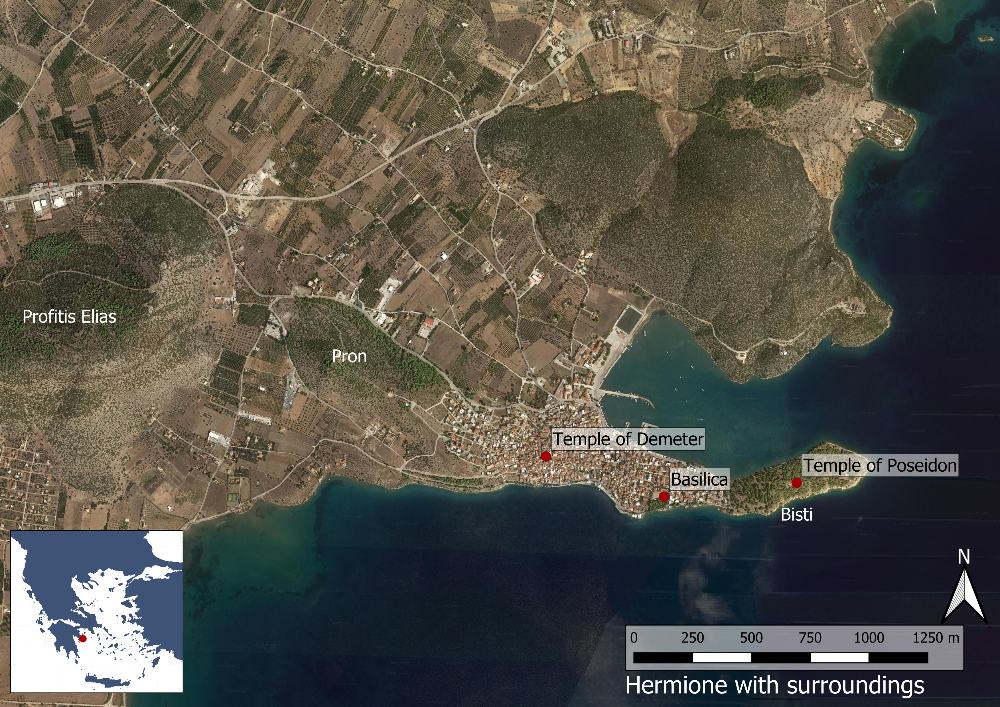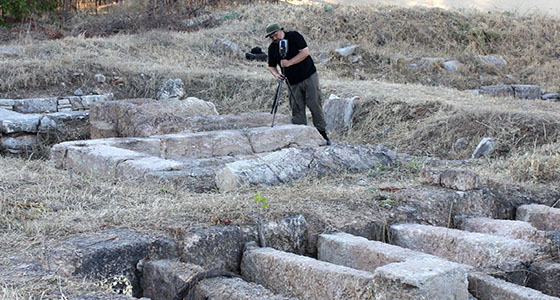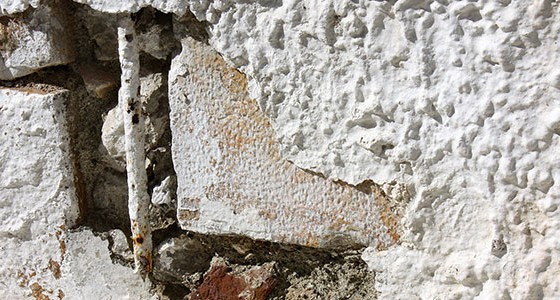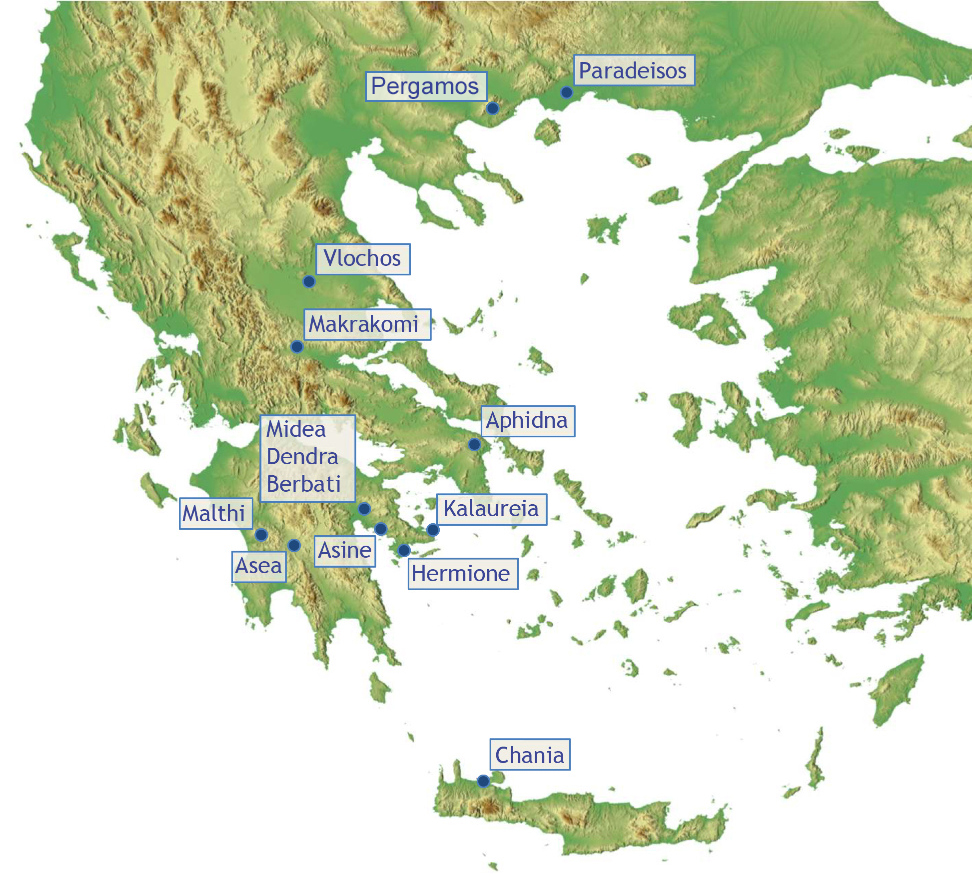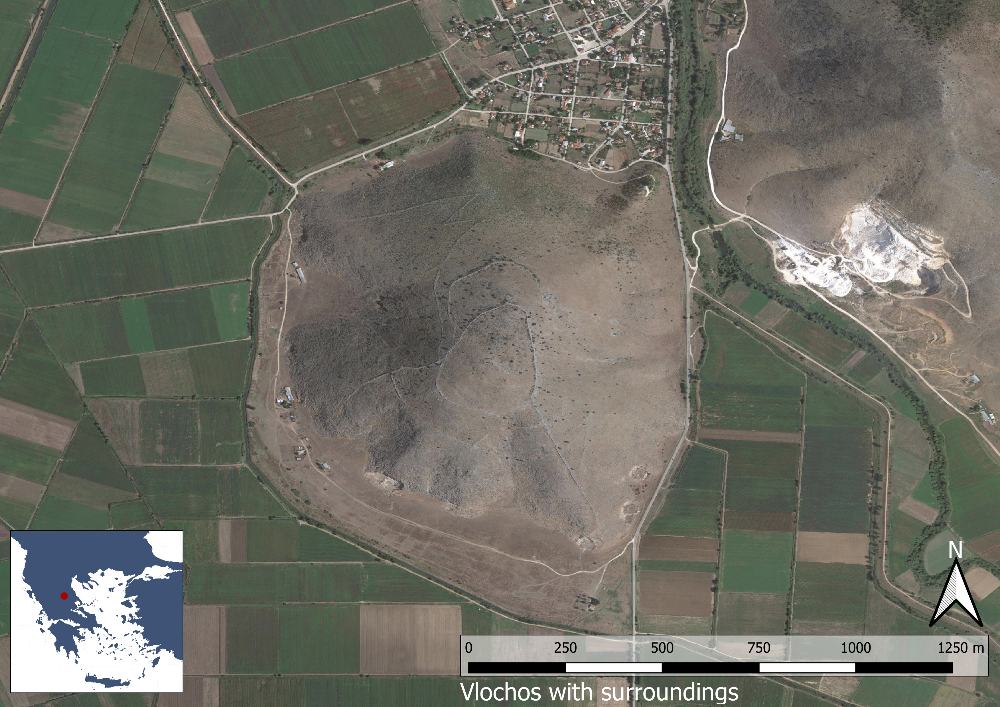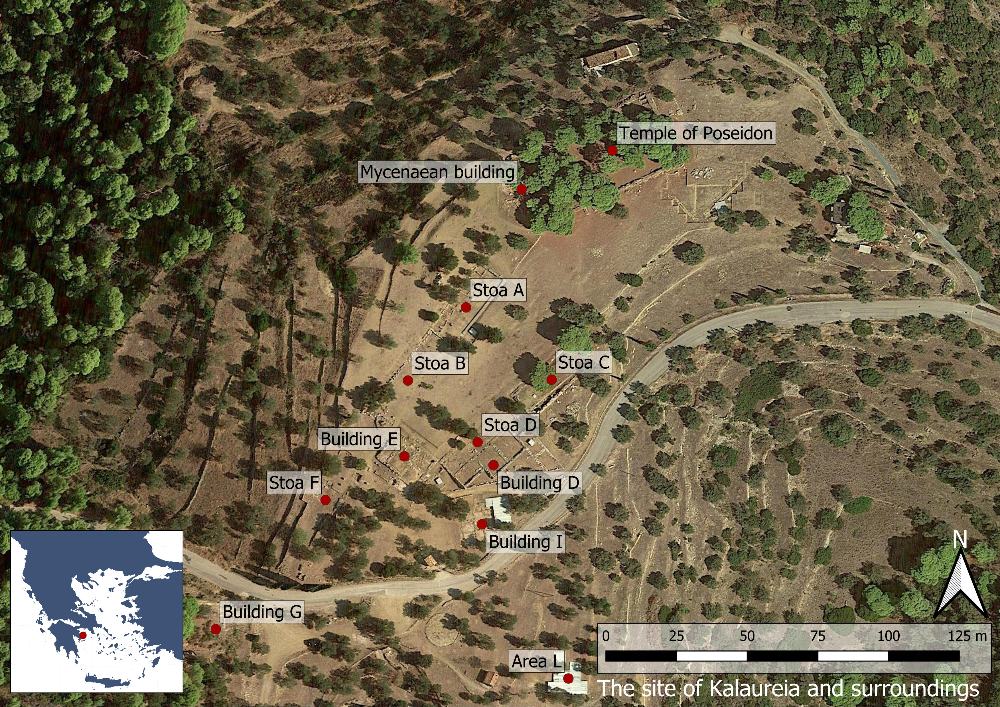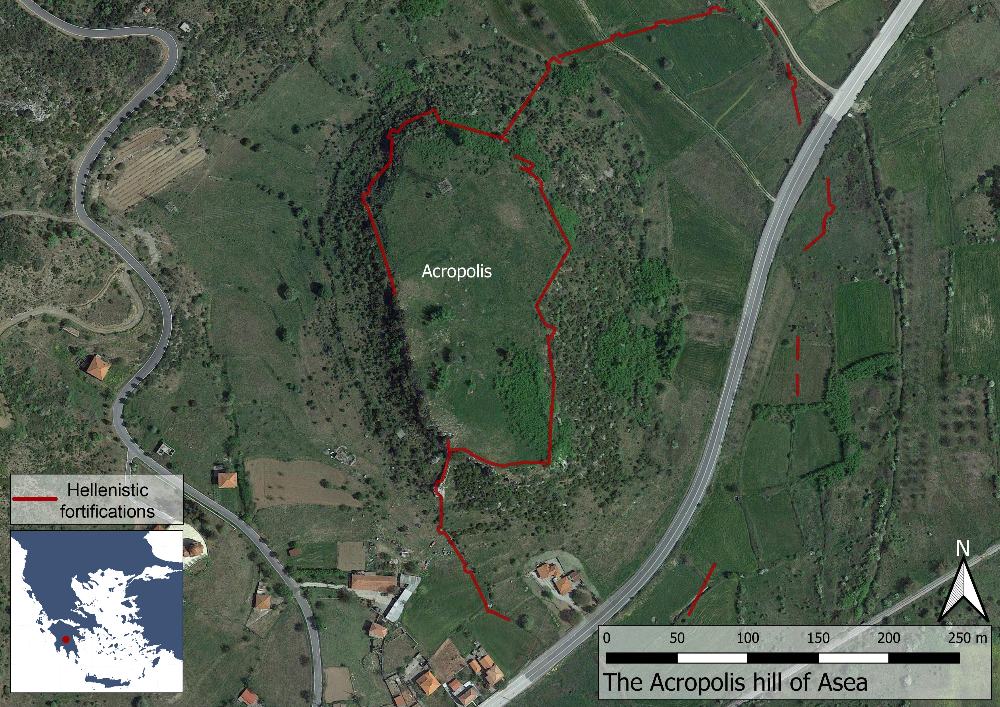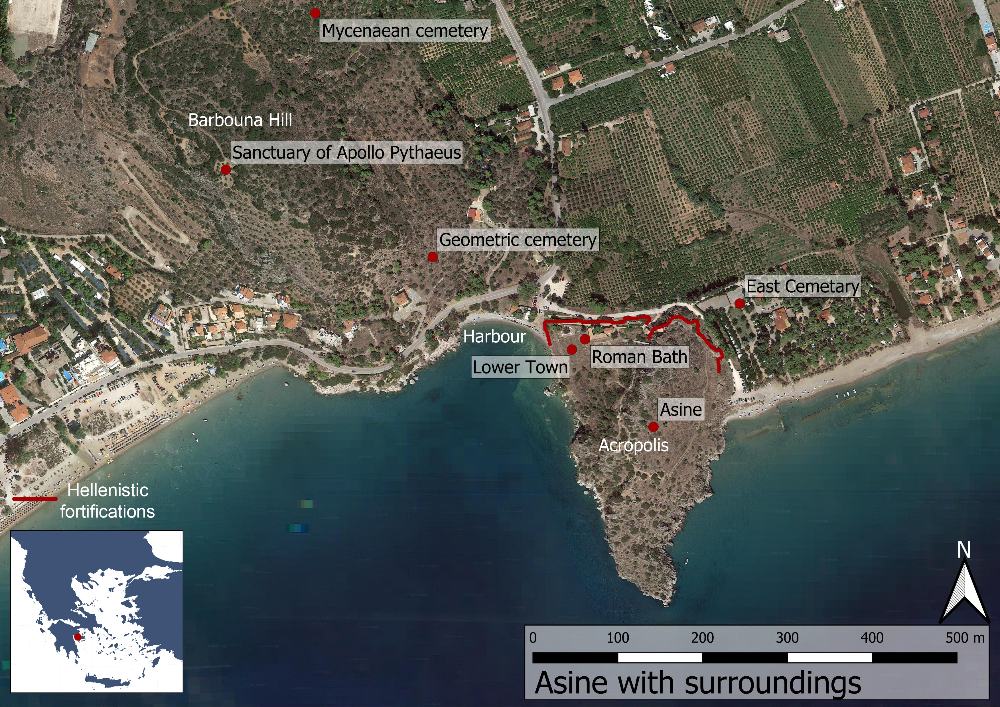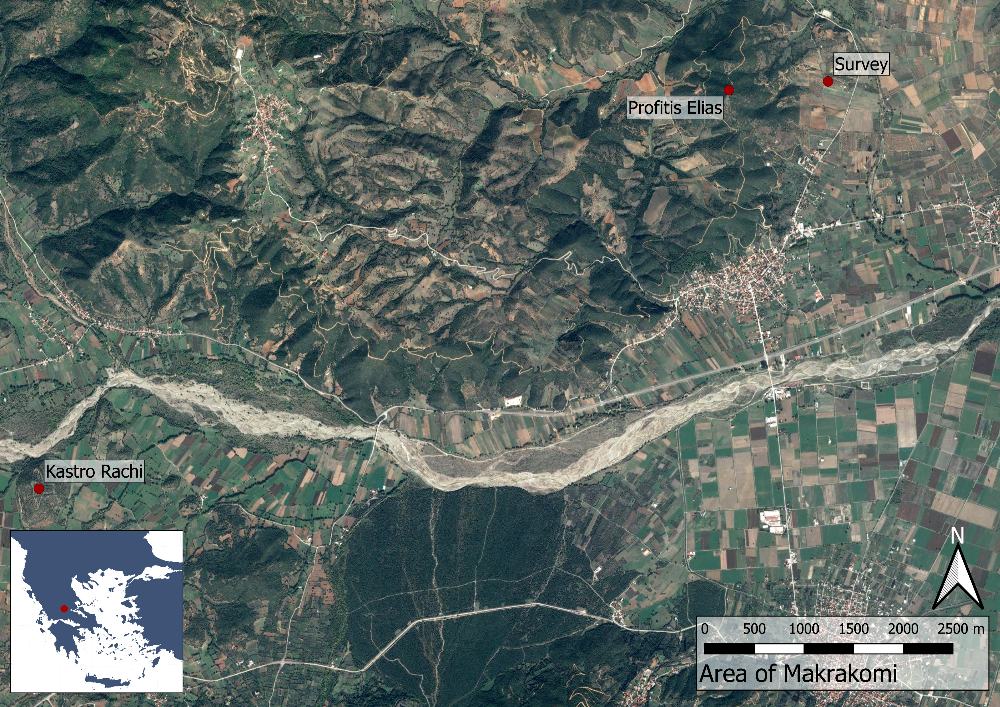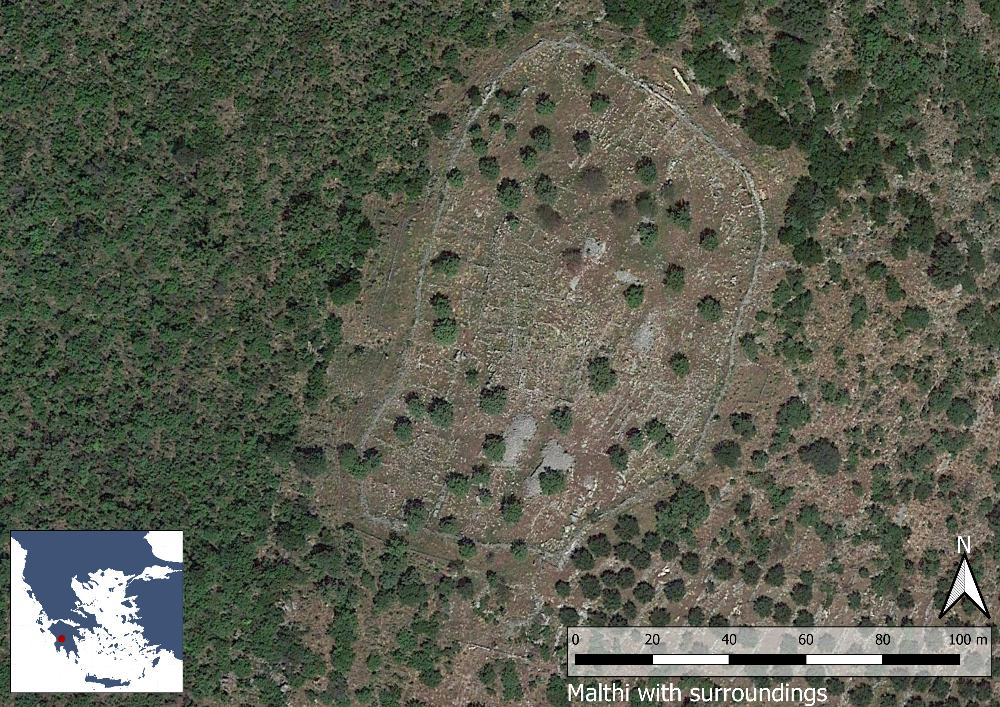Hermione
A new Greek-Swedish collaboration focusing on the ancient city of Hermione
Published: 2015-07-01
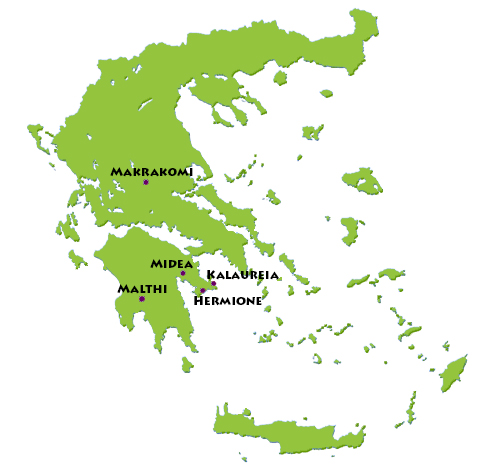
Locate our ongoing field projects on the Map
A Greek cityscape and its people. A study of Ancient Hermion/Hermione
In 2015, together with the Ephorate of Antiquities of Argolida, the Swedish Institute at Athens commenced work on a joint three-year study of Hermione or Hermion, an ancient city known through written sources and archaeological remains identified through surveys and scattered rescue excavations. The General Director of this project is Dr Alcestis Papadimitriou, Ephorate of Antiquities of Argolida, and Dr Jenny Wallensten is responsible for the Swedish team..
The polis of the Hermionians (today’s Ermione in the Argolid) has a long history. Hermione is mentioned in Homer as one of the cities under Diomedes’ leadership (Il. 2.560) and the Hermionians sent ships to Salamis and men to Plataia. When Pausanias visited the city in the 2nd century AD, he found a place “which afforded much to write about” (Paus. 2.4.11).
Although the ancient city mostly lies under modern Ermione, enough has been found of the city walls to decide an approximate extension and its water supply can be traced through the remains of an aqueduct. Pausanias mentions an impressive array of temples and sanctuaries (including rarities such as temples (ναοί) to Helios and to the Charites); evidence of some are still to be seen on the ground on the Bisti promontory that functioned as a kind of acropolis, as well as inside the modern city. An ancient temple found under the church of the Taxiarches has for example been tentatively identified as that of Demeter Chthonia, recipient of a yearly strange ritual (strange even in the eyes of Pausanias!), during which four cows were killed inside the temple, by four old ladies furnished with sickles (Paus. 2.35.5).
Aims of the project
The overall aim of our study is a better understanding of the fabric of social life in a Greek polis in a long-term perspective (Archaic to Imperial times). This will be achieved through an integrated study of
- built environments
- family and other social structures
- religious practices, including funerary rituals
The innovative idea of the project A Greek cityscape and its people is thus to first literally create a platform, i.e., a three-dimensional topographical platform, which we will then try to populate through archaeological, osteological, palaeopathological, and anthropological examinations followed by studies of rituals and religious beliefs. We will invite experts in these and other areas for individual studies that will contribute to further our knowledge of the Hermionian cityscape and the actors within.

